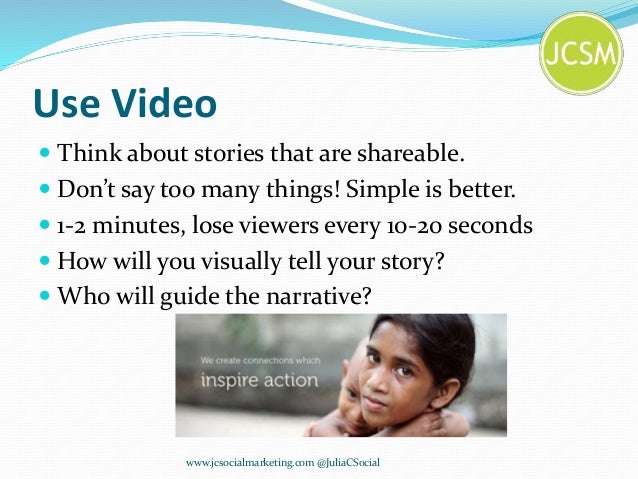
Furthermore, storytelling has been considered a useful tool for expressing brand values, for creating engagement between brands and consumers and consequently for nurturing strong bonds between them (Fog et al., 2010). As a result, the concept of brand love has been suggested to describe a long-term relationship between brand and consumers, which is based on “multiple interrelated cognitive, affective, and behavioural elements, rather than a specific, single, transient love emotion” (Batra et al., 2012, p. In our global, fast-paced and connected society, brands face the challenge of standing out and being relevant, and many have undergone a path of humanization, aiming to build deeper connections with loyal consumers (Kotler, Kartajaya & Setiawan, 2017). In addition, we conclude that the stories consumers associate with their own PANDORA jewelry make them like the jewelry and the brand itself even more, which shows that product narrative is an important concept to add value to the product and the brand. The results demonstrate a positive impact of storytelling in the love felt by the consumers regarding the brand PANDORA. In addition, we chose the brand PANDORA because its products are also associated with stories thus, we also intend to investigate whether this use of storytelling contributes to the creation of brand love.


In our empirical research, we intend to understand the role of storytelling in the creation of brand love when it is used as a brand communication technique. In this case, we address the jewelry brand PANDORA as a case study.

The study of storytelling and brand love is justified by the need to understand the potential of storytelling as a tool that marketers have available to positively influence the love felt by the consumers toward a particular brand.


 0 kommentar(er)
0 kommentar(er)
